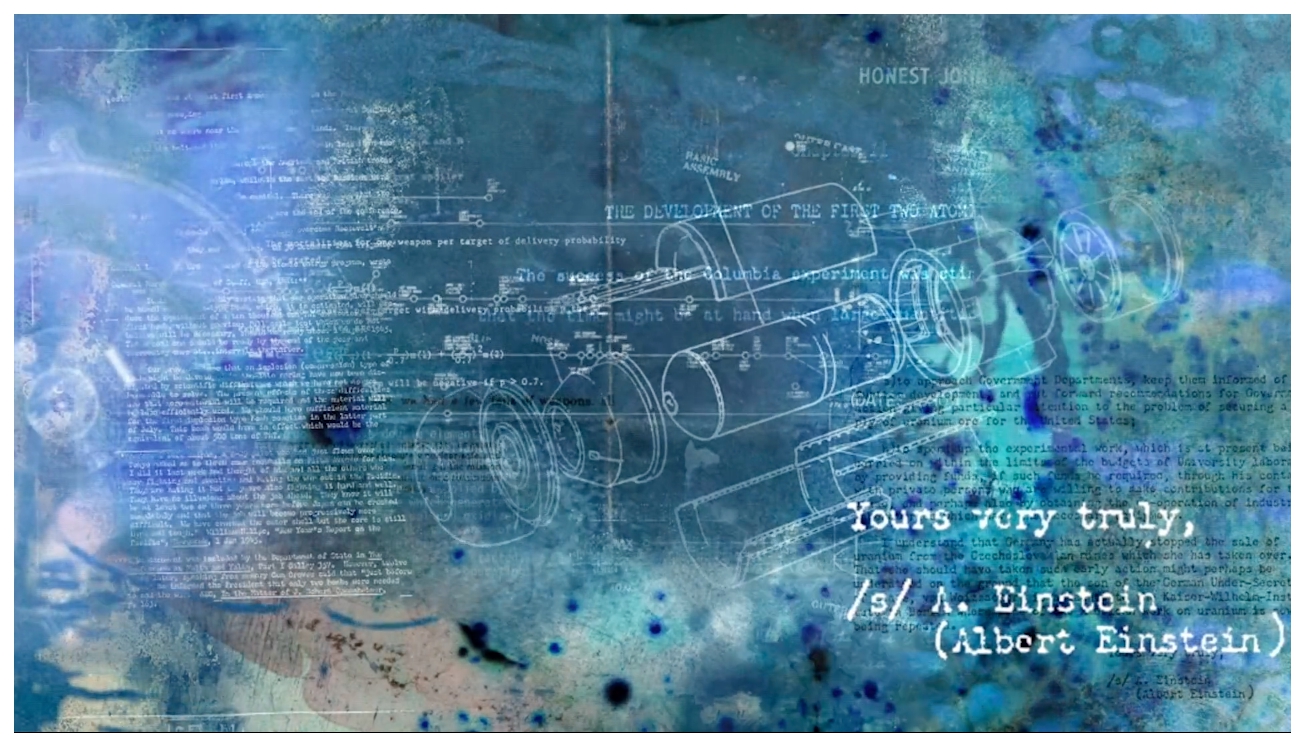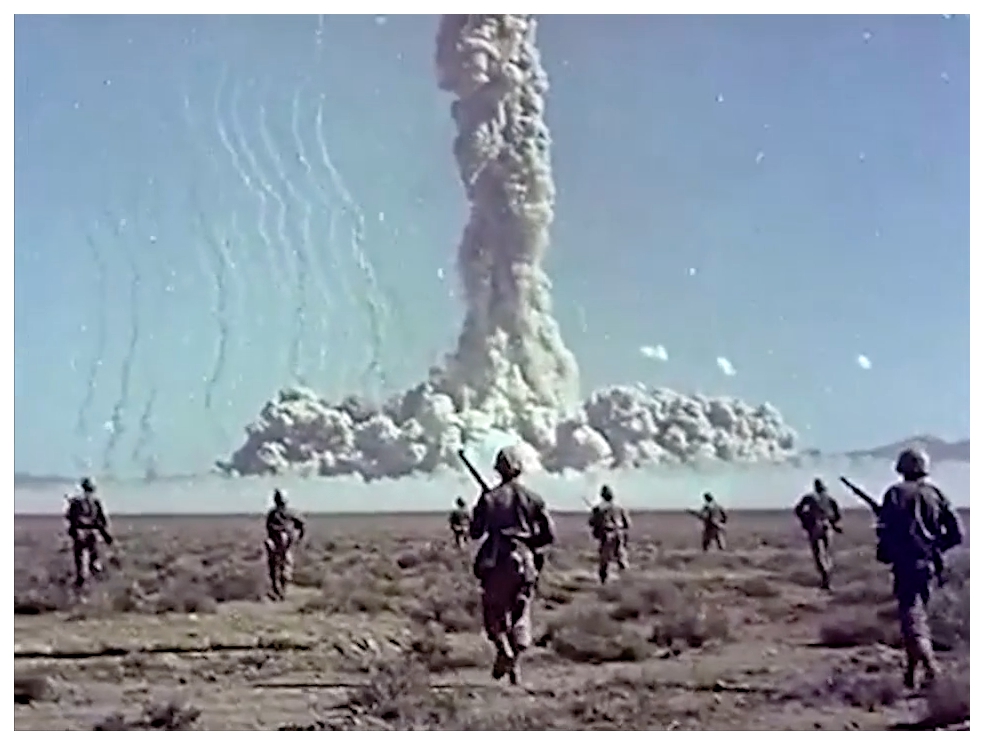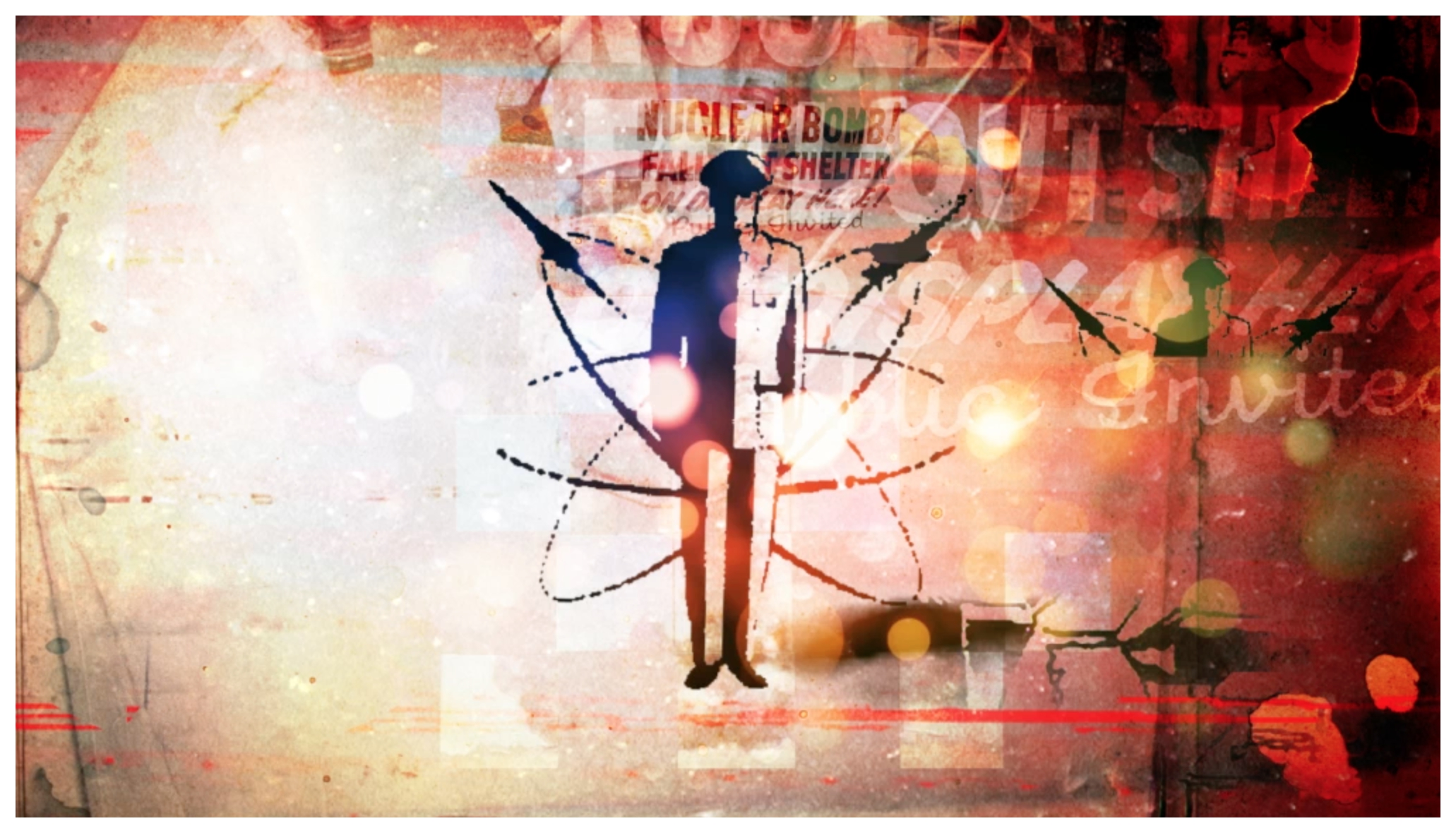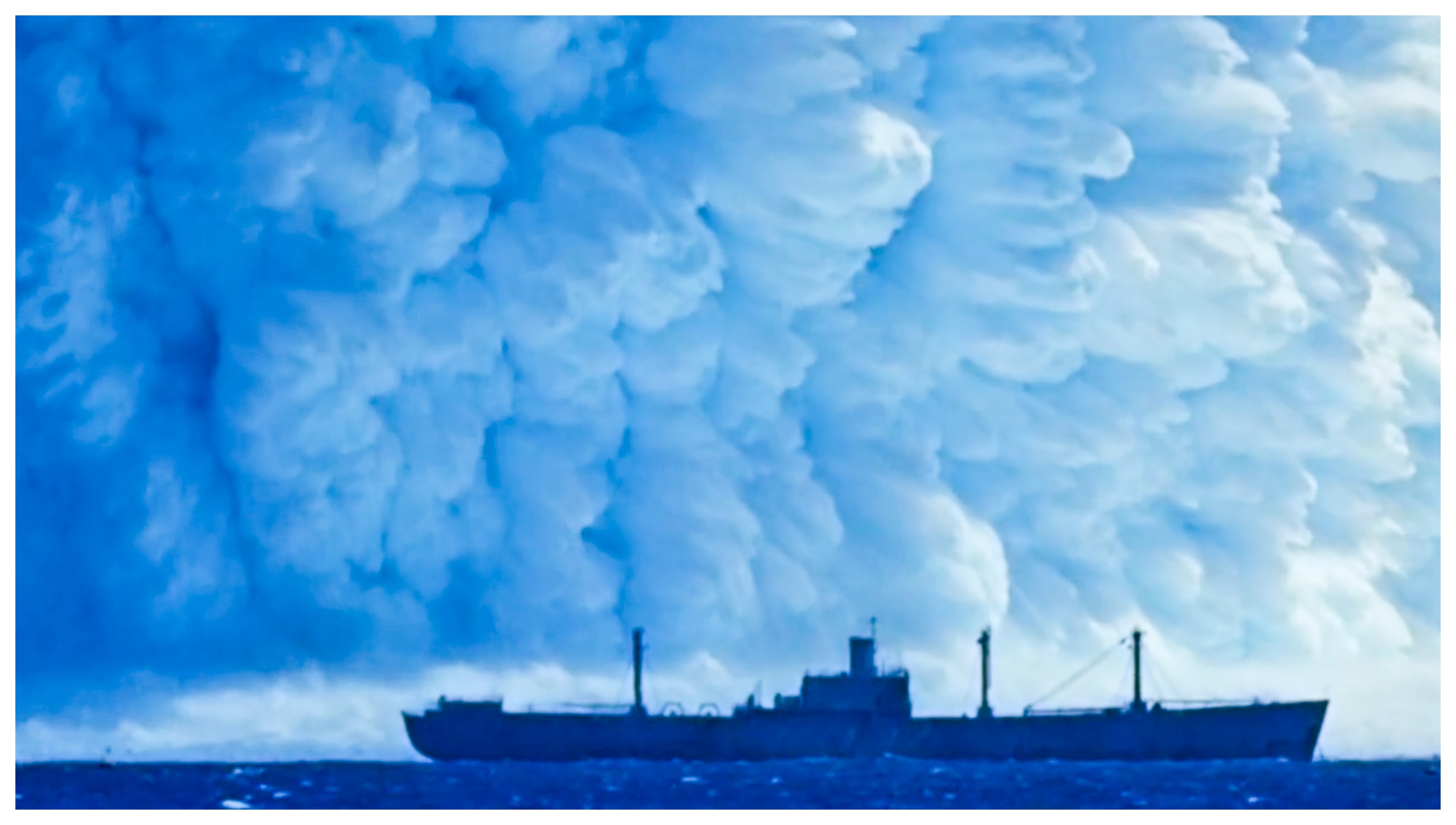The Bomb
Kevin Ford, Smriti Keshari, Eric Schlosser
- USA
- 2016
- 61min
- DCP
- color
Synopsis
Over seven decades have passed since a city was destroyed by a nuclear weapon. We are now confronted with a world in which nine nations possess about 15,000 nuclear weapons. Many of the weapons in the American arsenal are more powerful than the bomb detonated at Hiroshima. This story is about nuclear weapons from the Trinity Test in 1945 to the current state of nuclear weapons in 2017.
Review
This compilation film composed with news clips, promotion videos, photos instead of shooting in the field arranges multiple data related with nuclear industry around the world like a mosaic work. Each country’s military parade boasting their nuclear weapon, missile launching, making nuclear weapons, intentional experiments and unexpected accidents and the scene of nuclear explosion, all these heterogeneous images are mingled into one by the songs of the electric music band ‘The Acid.’ The music is heavy on this film as much as the band actually performed the song at the Tribeca Film Festival. The montage scene of the nuclear explosion beating time to the electric music beats, regular and minimal, gives us dizziness and goosebumps. On the other hand, the film shows atomic bomb survivors in Hiroshima with no lines and music, only images in silence, which powerfully represent the horrors of nuclear weapons more than any other music or words. Educational videos infusing the idea ‘radioactivity can be safely washed by water’ in the age of Cold War show how ignorant the humankind is of radioactivity and how much efforts every country took for nuclear weapon development while deceiving their own people on purpose. The last scene showing nuclear explosion backward is the climax of the film, much more impressive when you see it on the big screen. Although the film only consists of data screen without characters or stories, delicate arrangement of images and sounds deliver its message clearly for ‘nuclear-free world.’ [Hwang Yoon]
Director
-

Kevin Ford
By the River (2016) Stone Barn Castle (2015) Mining through hundreds of hours of nuclear weapons testing footage, and safety videos, and propaganda films with Smriti & Eric was very difficult at points. For me as a co-director and editor, the challenge was to constantly follow my heart and to not just get stuck in my head, which would often feel paralyzed by what I was seeing. Through my feelings I began to see possibilities about how to arrange things in abstract patterns, following an emotional logic that I constantly talked through with my collaborators.
-

Smriti Keshari
Food Chains (2014) For some time, I have been thinking about putting people inside of a film, challenging the one-way, one-directional experience of viewing. Whether it’s a film, a theater performance or live music show—these are always projected at you. But what if you were in the center of the story? How would your perception of it be different, by changing the way you experience it?We are surrounded today, everywhere, all the time, by screens. Rather than wandering cinematically through life, engaging all of our senses, we move through simultaneous open windows. All of us live in this new kind of space—a space that provides a fixed view of the world—a space that has become more controlled and seemingly more isolated. As technology progresses and we slip deeper and deeper into this passive experience, I feel we must pull the truth, the laughter and the roar of each individual out of isolation and into a space of shared experiences. Thus The Bomb, and the challenge of the 21st century filmmaker. While reading Command and Control, it become evident to me that my generation is living under this most awful nuclear cloud—that with a four—minute warning the world itself could likely end.Nuclear weapons at their core are inhumane machines designed to indiscriminately erase existence. Because if their ingenious complexity, they have become a haunting ‘stamp of approval’ that marks the technological sophistication of nation. We live in a world with over 15,000 nuclear weapons. The threat of nuclear weapons is unimaginable; more so the denial and ignorance of it. We must first recognize the emotions nuclear weapons evoke, in order to understand how we’ve gotten to this reality. Out of sight and out of mind, these weapons are hidden underground and yet the nuclear threat persists. The less we know and talk about nuclear weapons, the more dangerous they become. The Bomb was made to deliberately ignite an emotional and visceral understanding of the nuclear reality we are living in right now. Eric Schlosser and I have brought together the experimental spirit of Kevin Ford, the bold and politician art of Stanly Donwood, the technological and visceral viewing ethos of United Visual Artists (UVA), and fused it all together with the haunting live soundtrack by The Acid. With The Bomb, we’re placing the audience in the center of the story of nuclear weapons—a story whose nucleus we have all been swirling in for the last 70 years, yet whose walls and particles have mostly remained invisible. The experience of The Bomb could be quite shocking, and I hope it serves as an extraordinary and powerful wake-up call.
-
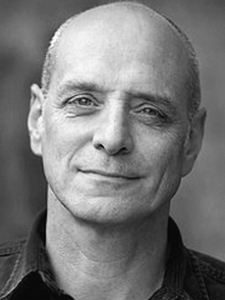
Eric Schlosser
The Bomb (2016) The project grew out of the research for my book Command and Control and the documentary based on it directed by Robert Kenner, shortlisted for an Academy Award this year. The Bomb is a very different thing. It was created to give audiences a powerful, visceral sense of the nuclear danger we now face. Unlike the book and the documentary, it seeks to provide a fully immersive experience. When Smriti Keshari first proposed combining film, animation, live music, and screens that completely enclose the viewer, I thought it was a terrific idea. It seemed like one more way to pierce the denial and historical amnesia that surround this subject. Today the threat posed by nuclear weapons is truly existential. And yet the public know remarkably little about it. More than fifteen thousand nuclear weapons are now hidden away underground or in submarines beneath the sea. They are literally out of sight and out of mind. Half the American populations either weren’t born yet or were small children annihilation, again and again. The danger has been forgotten—but it never went away. Nine countries now have nuclear weapons. Terrorists would like to get hold of them. And our own aging arsenal remains. Terrorists would like to get hold of them. And our own aging arsenal remains vulnerable to accidents, mistakes, poor judgment, even cyberattacks. Without being didactic or simplistic, The Bomb explores the dark allure of these machines, the impossibility of ever fully controlling them, the death wish that lies at the heart of them. It asks you to confront an issue that could not be more urgent. Unlike the harms of climate change, the effect of a nuclear detonation will be instantaneous and irreversible. I’ve really enjoyed collaborating with Smriti, Kevin Ford, The Acid, United Visual Artists, Stanley Donwood, and The Kingdom of Ludd. We believe that art can make a difference. I hope that every who sees The Bomb will be moved by it, inspired by it, and never forget it.
Credit
- ProducerSmriti Keshari, Eric Schlosser
- Music The Acid
Contribution & World Sales
Contribution & World Sales Visit Films
Phone 1 718 312 8210
E-Mail jy@visitfilms.com

